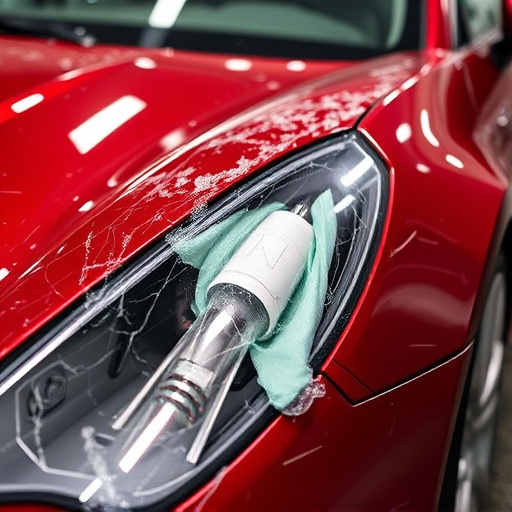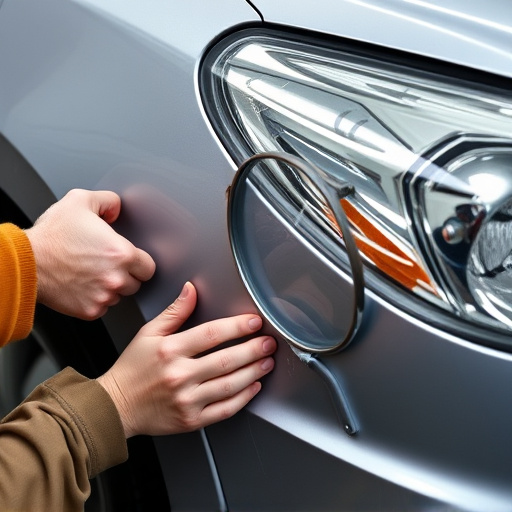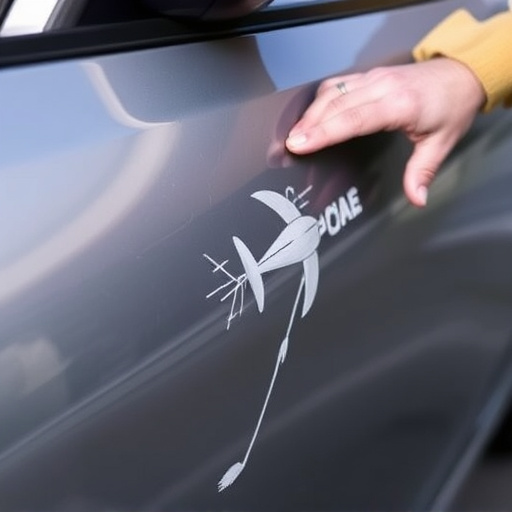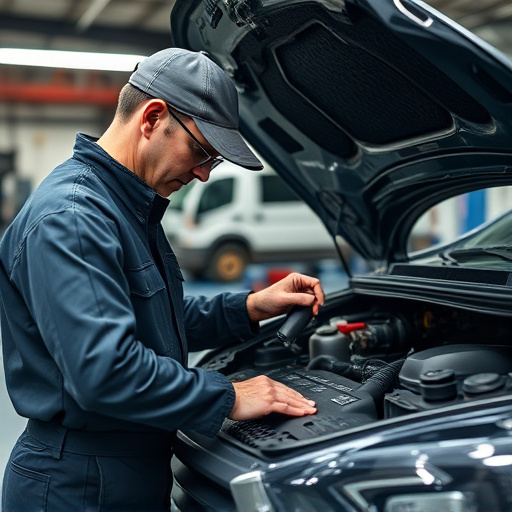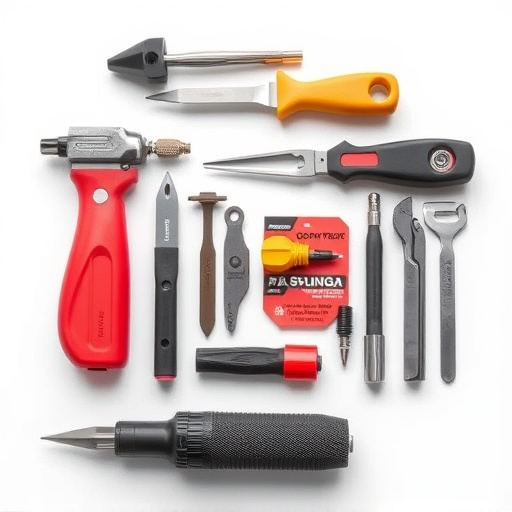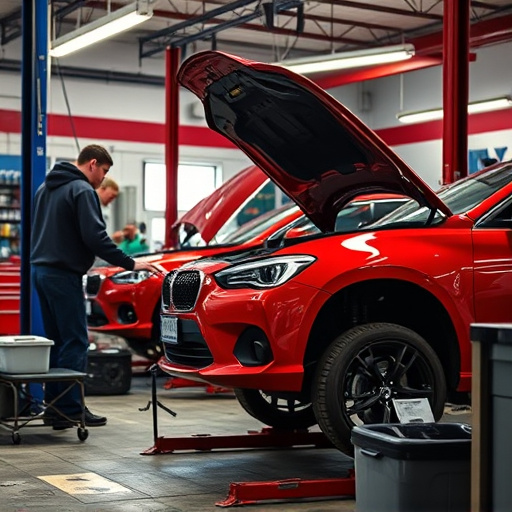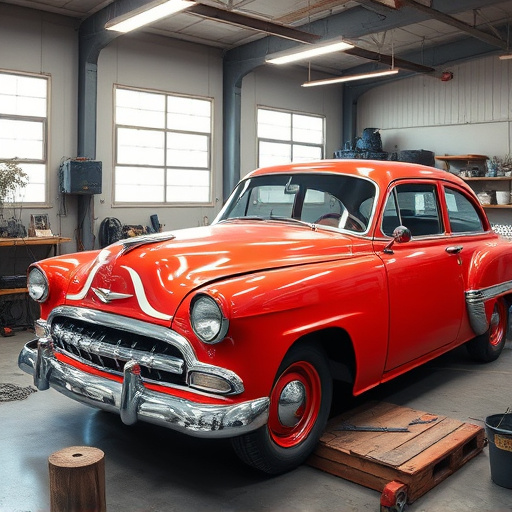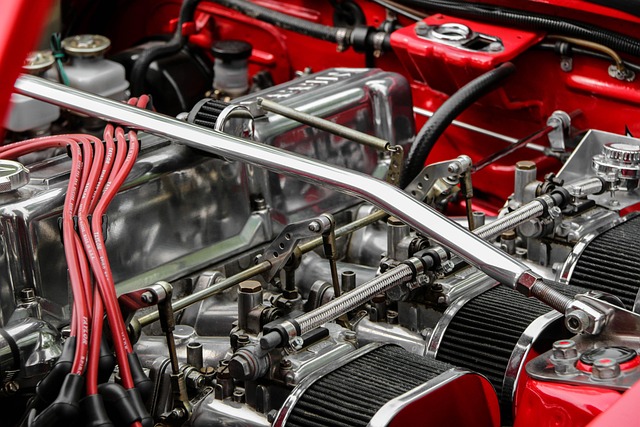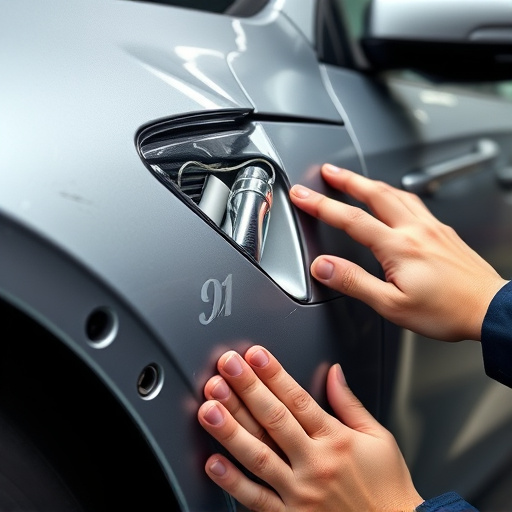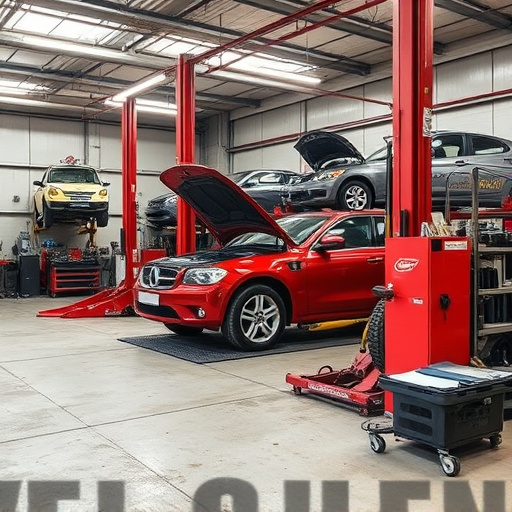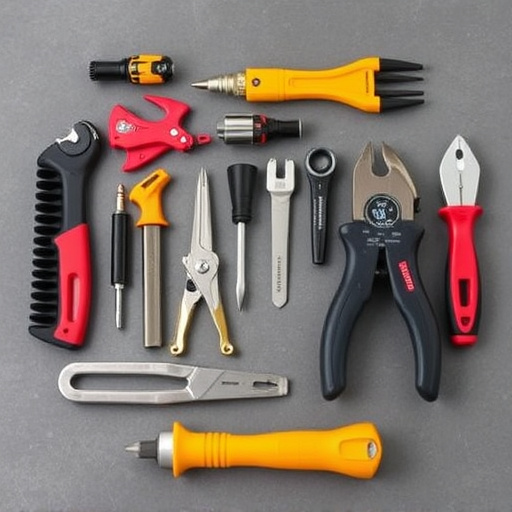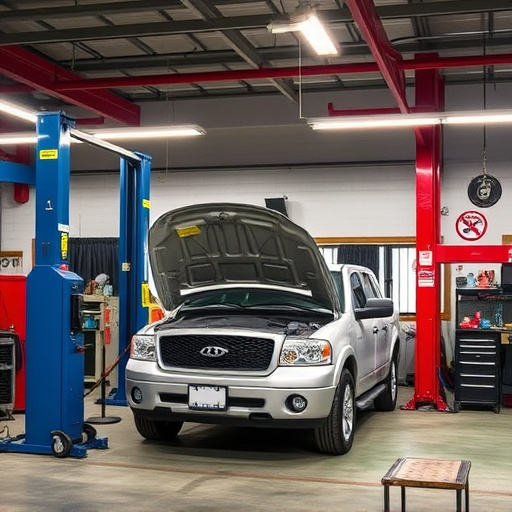Proper documentation and meticulous work logs are crucial for guaranteed collision repair. Shops must record every step from initial inspections to final touch-ups, including measurements, photos, and work descriptions. Verifying and approving repairs against industry standards and damage severity ensures fairness and builds client trust. Communication of approved plans fosters transparency and seamless outcomes.
In the realm of guaranteed collision repair, proper documentation is key. This comprehensive guide explores how shops navigate the intricate process of documenting work for seamless claim settlements. From understanding stringent document requirements to leveraging detailed work logs and verifying repairs, each step ensures quality and accuracy. By adhering to these practices, shops streamline the claims process, providing a reliable and efficient path to collision repair resolution. Discover best practices that underpin successful guaranteed collision repair services.
- Understanding Document Requirements for Collision Repair
- The Role of Detailed Work Logs in Ensuring Quality
- Verifying and Approving Repairs for Claim Settlement
Understanding Document Requirements for Collision Repair
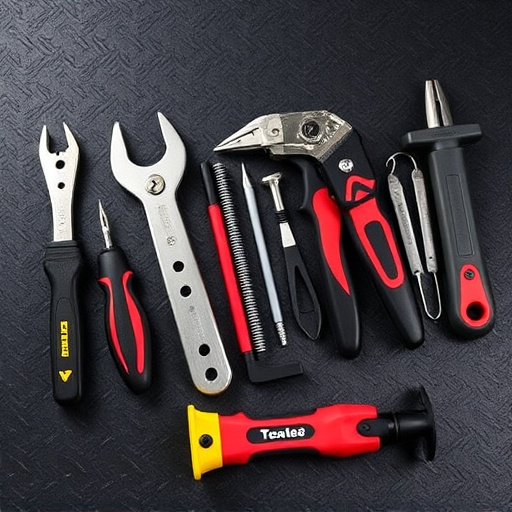
When it comes to guaranteed collision repair, proper documentation is key to ensuring a smooth and efficient claims process. Shops involved in car collision repair, whether handling frame straightening or intricate car scratch repairs, must understand and adhere to specific document requirements. These documents not only serve as records of the damage but also facilitate accurate assessments and subsequent insurance claims.
Each vehicle’s unique story of impact and repair necessitates detailed documentation. From initial inspections to final touch-ups, every step should be meticulously recorded. This includes precise measurements, photographs capturing both the pre and post-repair states, and comprehensive descriptions of the work performed. Such documentation ensures transparency, facilitating fair compensation for the insured and guaranteed collision repair outcomes.
The Role of Detailed Work Logs in Ensuring Quality
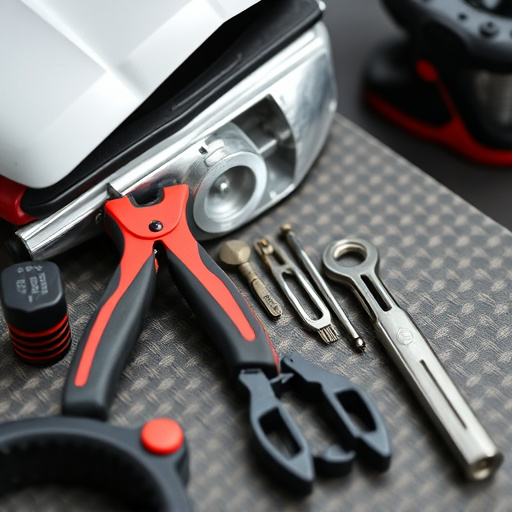
In the realm of guaranteed collision repair, maintaining meticulous work logs is paramount to ensuring quality and accuracy. Detailed records serve as a comprehensive guide for auto body shops, documenting every step of the car bodywork restoration process. From initial assessment and damage documentation to progress updates and final inspection, these logs act as a crucial checklist that safeguards against errors and ensures repairs meet high standards.
Shop personnel use these work logs to track parts replacements, painting sessions, panel alignment, and other critical procedures. This meticulous approach not only facilitates efficient project management but also plays a pivotal role in upholding the reputation of the collision repair shop. By fostering transparency and providing an auditable trail, detailed work logs build trust with clients, ensuring they receive top-tier service and guaranteed collision repair outcomes for their vehicles.
Verifying and Approving Repairs for Claim Settlement
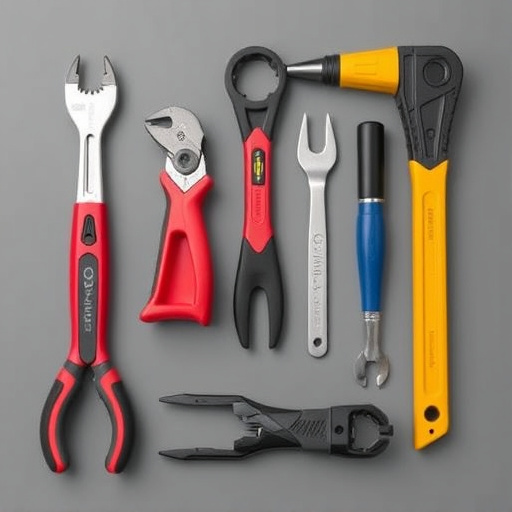
When it comes to guaranteed collision repair, one of the critical steps in the claims settlement process is verifying and approving repairs. This involves a meticulous review of the estimated repair costs, ensuring they align with industry standards and the severity of the damage. Collision center professionals scrutinize each line item in the estimate to confirm that the parts and labor charges are reasonable and necessary. They may also cross-reference these estimates against historical data or consult with peers within the vehicle repair services industry to ensure accuracy.
Once verified, the next step is to approve the repairs, which typically requires sign-off from both the insurance company and the policyholder. The collision repair shop communicates the approved plan to the customer, outlining the specific procedures to be performed and the expected timeline for completion. This transparent process builds trust between the shop, the insurer, and the policyholder, ensuring that everyone is aligned in pursuing a seamless and guaranteed collision repair outcome.
Shops playing a crucial role in ensuring smooth and guaranteed collision repair processes must meticulously document their work. By adhering to detailed documentation practices, including comprehensive logs and proper approval procedures, repairs are verified, and claim settlements become more efficient. This ensures transparency, maintains quality standards, and ultimately facilitates faster compensation for vehicle owners, fostering trust in the entire collision repair ecosystem.
